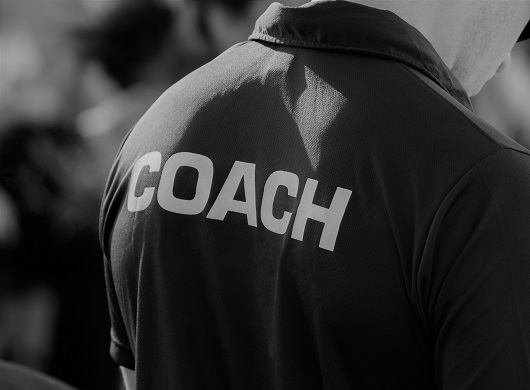
Don’t forget the coach!
Studies show that adult learners only retain 20% of what they are taught* in a training course / workshop if the content is not implemented; furthermore, the implementation needs to be ongoing in order to be effective as without this, 80% of skills taught in the classroom are completely wasted.
Why does this happen?
The answer to the ‘why’ is the development of people is not just the acquisition and repetition of skills through attending training or conducting a workshop. It is about the behavioral change and having the confidence to know what to do, and when / how to apply it so the acquisition of those new skills is effective.
Consider a professional golfer; despite being naturally talented in their chosen sport, they must invest in training each day to develop their skills to remain at the highest levels. This repetition and reinforcement of muscle memory only gets them so far. What’s needed to be successful and win is the demonstration of correct behaviors and skills, and also the confidence and mental strength to execute each situation.
Similarly, many businesses invest in training as the mechanism to develop their people – they acquire the skills (i.e. knowing how to do something) – but this is only one part of the learning.
To ensure the training is successful and valuable, organisations also need to focus on ‘demonstrating’ the skill (i.e. the behaviours) and ‘experiencing’ the benefit of applying and getting value from those skills (i.e. the confidence). Without this, 80% of learnings are often lost.
For newly acquired skills to be successful and reinforcement to become embedded within an organisation the level of support needed before, during and after training needs to be clarified.
Consider what typically happens in most organisations – staff are sent away to attend a training course on the understanding they’ll come back with the skills they were sent to learn. Obviously, they return with additional knowledge and skills. However, they also forget a large portion, get things wrong and/or apply it incorrectly. This leads to a loss of confidence resulting in lack of demonstration – the learning is then lost and the training becomes ineffective.
What can we do about it?
What is required to make training a success is a follow up of coaching and leadership.
As opposed to just providing instructions, Coaching is about having conversations with the trainee that enable the learning and development of that person.
It is also Leadership style and continuous process that involves discussing the obstacles and enablers that help or hinder the trainee in demonstrating their new skill and having the confidence to execute it. Both Coaching and Leadership are intertwined and shouldn’t be separated for a successful result.
Consider our professional golfer again…mostly (if not all) the world’s best professional golfers have coaches. These coaches provide advice, analyse the golfer’s performance and give feedback on what they did well and where they can improve. They talk strategy and they engage. This is the same for any professional sport, be it cricket, soccer, athletics etc. They all train, they have coaches, and they all have leaders with whom they reflect, receive feedback and improve by engaging.
With this in mind, businesses need to remember and consider what happens after training. They need to ensure they don’t forget the coaching and leadership that is required for the learning to be embedded and for the training to be considered successful. Good coaching is therefore a culture shift.
Mark Mackenzie: Consultant @ Pollen Academy
* Source: NTL Institute of Applied Behavioural Science Learning Pyramid